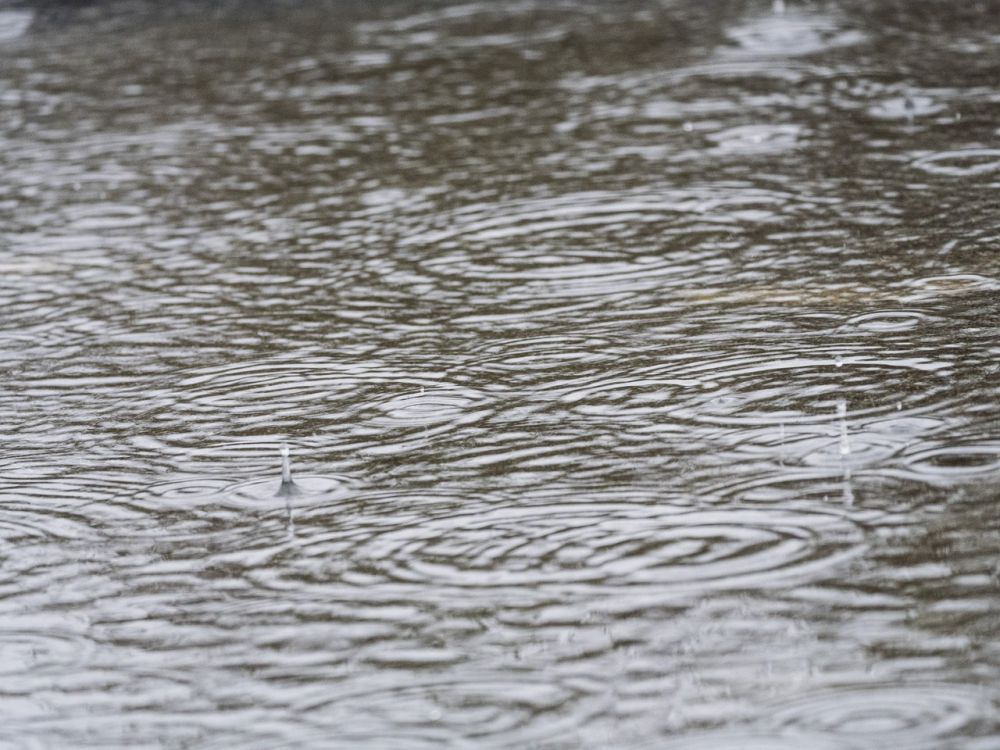
How to Protect Wood Fence from Weather
Wood fence is still one of the top choices for privacy fence in many parts of the world. Vinyl fence and composite fences are definitely making inroads with customers who want maintenance-free fencing solutions, but there’s something about wood that many people just love.
Of course, wood isn’t as resistant to damage as those more modern fence systems. So we’ve put together some tips for people who want wood fence but need to know how to protect wood fences from weather.
Choose the Right Type of Wood
The first step in protecting wood fences from the weather is choosing the right kind of wood for your project.
Wood fences should not just be built from any type of wood. Your fence should either be built from treated (CCA or Tanalith treatment) or from something like cedar, which is naturally resistant to the elements and insects.
Building a wood fence with untreated wood or wood intended for framing or interior use will result in a fence that will rot and fall apart very quickly.
Dome Your concrete to Protect Your Posts
If you live in a place with high rainfall, standing water might be the biggest risk for your fence, and that usually affects the bottom of your fence posts.
There is a quick fix for this, though, and that is to raise and dome your concrete bases slightly so that water doesn’t pool around them but instead can drain away.
Keeping the bottom of your fence dry as much as possible is one of the best ways to protect it from weather.
Stain It
Another way to protect wood fence from the weather is to stain it with a UV-resistant exterior stain designed for fencing.
These products come in a variety of colors, and many can be applied in a single coat. Ideally, if you want a stained wooden fence, you should have the stain applied before it’s built so that it covers all areas of the fence – including the hidden parts!
However, it is still possible to stain a wooden fence after it’s installed, as long as it is clean and dry before you do.
Staining your fence can help to protect it from rain and humidity, but it’s also very useful in drier climates, where the sun is the biggest issue your wood fence is likely to face.
If you do choose to stain your wood fence, though, you should know that this is not a “one-and-done” process. You will have to restain it from time to time to keep it in good condition.
Keep It Clean
If you have a very wet or humid climate, you might notice that your wood fence starts to get moss and algae growth on the surface. This can accelerate damage and rotting in wood fences, and it’s a very good idea to clean your wood fence when you notice this kind of growth.
A pressure washer is ideal for cleaning algae and moss off wooden fences, and you might also find commercial products that prevent regrowth at your local hardware store. Or speak to a local wood fence company, and find out what they recommend to keep green growth off your fence!
Get Professional Advice
If your wood fence is already showing signs of weather damage, it might still be possible to save it, but the only way to be sure is to ask a wood fence specialist.
Contact local fence companies and ask them to visit your property and assess your fence. It's not always possible or economically viable to repair a damaged wood fence, but the only wahy to be sure is to ask the pros.


